An in-depth look at the recording of KRVNA’s latest album
| Bands: | KRVNA |
| Release: | For Thine is the Kingdom of the Flesh |
| Genre: | Black Metal |
| Country: | Australia (Sydney) |
| Release Date: | 12th of December, 2022 |
| Released via | Self-Released |
| Cover Artwork | Greallach |
GUEST INTERVIEW
This interview was held by Chris Horseblood
Our dear friend Chris Horseblood decided to take matters into his hands and interview one man Black Metal band KRVNA regarding the recording process of the latest album For Thine is the Kingdom of the Flesh.
Interview with KRVNA
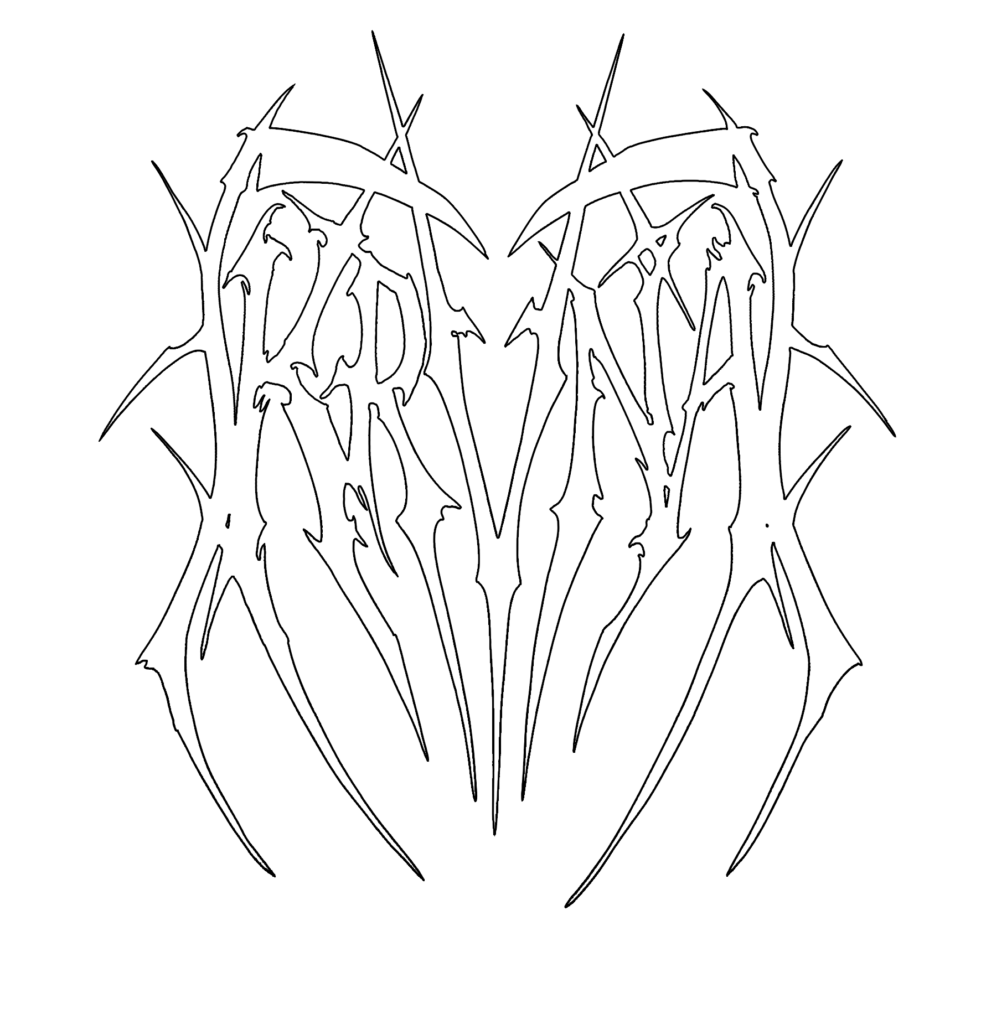
Hello and thank you very much for taking the time to answer some questions. As mentioned before, I would like to set the focus on the production, gear and equipment used for recording the new album. For a start please give a short introduction to our readers.
KRVNA is a one man black metal band hailing from Sydney Australia, whose familial roots grow deep into the Balkans and Transylvania. The music is inspired by familial stories that have been passed down through the generations involving subject matter such as vampirism and witchcraft. Musically – the output can be loosely described as second wave black metal. Having released 3 recordings since its inception, ‘Long Forgotten Relic’, ‘Sempinfernus’ & ‘For Thine Is The Kingdom Of The Flesh’; KRVNA now goes back into ‘writing mode’ for yet another follow up release.
Your latest album For Thine is the Kingdom of the Flesh was released at the end of 2022. The first track I listened to was “Veni, Vidi, Vici” and I was intrigued by it from the start. When it came towards the end, I was totally hooked by the part with the two voiced guitar lead. Would you like to tell us about the recording of the album.
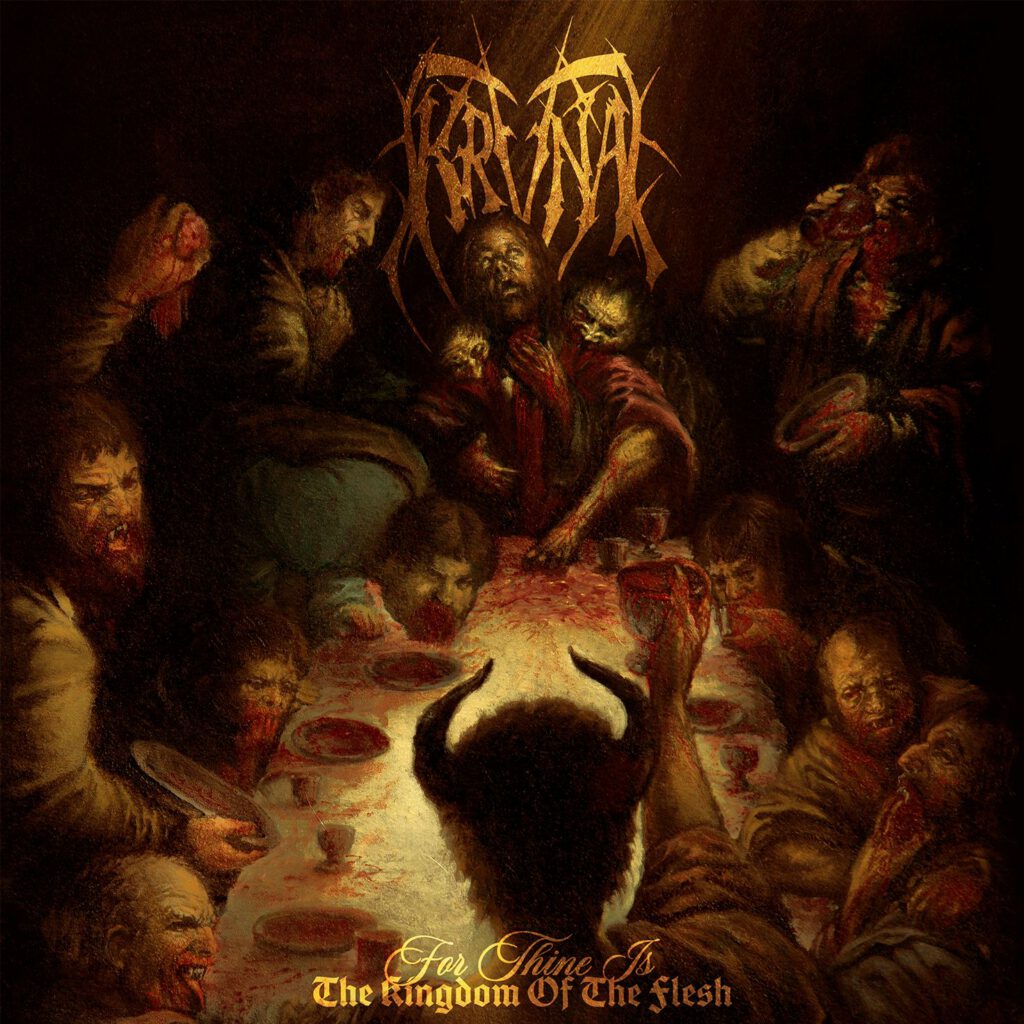
Thank you for the kind words & for the opportunity/interview! KRVNA’s albums and Demo (including the bonus tracks on the re-release via Zazen Sounds) were all recorded here in my home studio. Like most parts of the world, here in Sydney, Australia, we’d found ourselves in and out of multiple lockdowns, some of which lasted months and months. Early on in the pandemic, my father had passed away of cancer, and additionally I’d broken my shoulder at around that same time. So there were vast amounts of time spent at home, not being able to work, visit family or friends. Oddly, this was beneficial for my physical recovery (there was much physiotherapy) & for providing me with ample time to undertake the development of KRVNA. Dealing with the last two problems in tandem through the pandemic had taken their toll and KRVNA became a worthy distraction. Much of the circumstances surrounding the recording processes were dictated by CoVID isolation and my rehabilitation.
My set up at home is humble enough – an iMAC, 32 gig RAM, i7 core processor, UA Apollo Twin X, UA Satellite, EVE SC207 speakers & an EVE TS 10” sub for monitoring/mixing. DAW – i’d recently switched to LOGIC after years and years of Nuendo & ProTools set ups, previously. Much of the recordings formed part of my ‘learning curve’ for this DAW & thankfully it’s mostly intuitive – and for the features I didn’t have much grasp on, google was helpful.
As for plugins – there were a heap of them! I’d incorporated much of the native Logic EQ & reverb & delay plugins, used TH-U overloud for bass, Slate Digital Compressors, and Neural DSP plugins for IR functions on my guitar tracks. The amp sims were bypassed in these plugins and I’d used an external FX unit (AKAI Headrush) for the actual distorted/amp modelled sounds. Whenever I’m mixing/recording (be it for my own projects or for other bands) I always also use SD3 for drum replacement/mixing drums. My master tracks are finished off with Izotope’s OZONE – with a workflow that I’ve designed from ground up to suit my mixes.
I am sorry to hear about the passing of your father. Would you say that the writing process and recording tracks for KRVNA was a way to deal with the situation and overcome the grief?
Thank you – and yes, I think this definitely was a way of recalibrating my brain after such a traumatic event. It wasn’t an easy death and witnessing someone you care for struggle for quite some time leaves its scars on you. I feel I’ve come out of it a little more pessimistic, but it’s a mindset that I am mostly comfortable with, anyway. KRVNA was and is definitely a good distraction, in this regard.
This is a very interesting insight in your working process.
Can you tell me briefly why you chose the external AKAI Headrush over lets’s say Neural DSP plugins or classical reamping?
Sure! I’ve bought just about every neural plugin available – and I enjoy using them all – but something grabbed me regarding the overall tone I’d managed to pull out of the Headrush. It felt ‘thicker’ and more dynamic; but I didn’t want to record the complete chain from the Headrush incase I wasn’t happy with where the guitars ended up sitting in the mix. This way I was still able to play with microphone types & placements on the neural plugins. I have the capability of re-amping here at home, too. I own a Fortin Cali, Mesa Roadking, Marshall JCM800, Marshall Silver Jubilee, a Marshall JVM, a PRS archon amplifier & two oversized Mesa Cabinets, too. Re-amping did cross my mind in the planning process, but I had been given a Headrush from work (I work for a musical instruments distributor here in Aus) to run it through its paces. At the time I was listening to a lot of Metallica albums trying to get some inspiration from a production perspective & obviously it’s never easy trying to emulate what those guys had managed to achieve, way back when! Consequently, the amplifier model I’d decided to work with on the Headrush was a Mesa Mark IIC+ model. I’d ran an EQ in front to remove most of the bottom end and low mids from the guitar signal. This was then run into a tube screamer styled pedal before hitting the ‘amp’. Another eq was placed afterward to refine the signal a little bit more (as I’d mentioned I was attenuating a lot of low end frequencies on everything).
Would you give us an idea about your workflow in OZONE or is this your secret ingredient?
There were a number of blocks & the chain went like this; EQ (removing sub frequencies, some low mids and some mids, adding a small amount of treble) – Multiband compressor (not over doing it on any of the 4 bands, just some light compression and gain compensation – multi band exciter (bringing some of the lows and low mids back in), stereo widener & then a limiter which brought the volume up to where it’s needed. I’ve previously used other external rack mount compressors and limiters for mastering, but this was also back in the day where I was cutting master CDs with a tascam rack mount CD burner. These days, it’s all digital/software based, over here!
What stands out for me with this album is the level of details. There is so much to discover, from walls of sounds and several guitar tracks, interwoven with almost undistorted guitars, over sophisticated guitar leads and solos to little details in the vocals etc. Would you like to tell me how you went on and created this specific sound, how you planned and recorded these structures and matching guitar parts?
Sure – most of what’s heard on this album is almost always an idea that’s plucked ‘from the ether’, at complete random, so to speak. Sometimes I’ll have a riff or a chord progression pop into my head, and i’ll have to stop what i’m doing, run to my guitar and quickly record it onto my iPhone, haha. Once i’ve come up with a few hundred ideas i’ll systematically weed through them – keep the best ones, and throw everything else away. Once I’ve decided on what’s useable, i’ll record the riffs properly into logic and begin playing with ideas, laying other tracks, beginning to think about arrangements and ways the riffs can develop. Sometimes the riff stays quite basic and true to it’s original form, and in other cases it can turn into something (much like the clean vocal section of the track ‘For Thine Is The Kingdom Of The Flesh’) I would never have originally guessed it could’ve turned into. Again the actual guitar sound was created with an Headrush unit (probably a mesa amp model with a TS styled pedal in front), and IRs loaded onto these tracks using neural DSP plugins.
“Plucked from the ether” is a very fitting phrase I can absolutely relate to. Going from rough ideas and developing them further and further. What guitars did you use for recording? Any preferences in pickups?
For guitars I’ve mostly used a mix of instruments over the numerous recordings, I have a Suhr Modern with Doug Aldrich pickups, an ESP Horizon with Seymour JB and Jazz pickups, an ESP MII with EMG 81’s, a Jackson Dinky with Seymour Duncan JB & Jazz and an Ibanez RG with Fishmans Fluence pickups. I think most of the guitars were recorded with the Suhr and ESP Horizon on ‘For Thine’ – my preference going for the Suhr. There’s something about the pickups in that guitar which just make playing a breeze.
Overall there is a fine selection of sounds in this record. The drum sound fits this album very well. Would you like to tell me about the drum recording / tracking?
The way I approached the development of the drum tracks on these recordings again was dictated to me by what I was able to work with at the time of lockdowns. It was a convoluted process which essentially centres around the use of SP3. I’d used multiple inputs for this; previously recorded audio converted to midi information, midi tracks, and playing midi drum tracks. Once everything was converted to midi information & arranged, it triggered all of the sounds you hear on the recordings from the SP3 library. The mixes again are built from ground up.
What I found is that this album creates a great perception of depth from the mix. As I said before, it feels like an enormous wall of sounds with so many details without losing clarity or instruments getting lost in the mix. What was your way of achieving this?
I think I paid close attention to what was happening in the lower end of town with the overall mix. I’d made sure not to go overboard with the bottom end – attenuating much of what was happening below 50-60hz, even. This cleans things up a lot – as does removing a lot of the ‘wool’ around 400-500hz in the overall mix. All of my EQ work is generally subtractive, and I taylor each curve accordingly with each instrument/track. Then to me it becomes like a game of ‘tetris’ where you try to visualise where each instrument will fit along the spectrum/bandwidth. There was quite a bit of reverb happening on most tracks (including the master track) – and ensuring this was kept under control and on a tight leash also involved a lot of subtractive EQ work. That density you pick up on is essentially the result of so many tracks being recorded/layered. I would say there’d be approximately 30-36 tracks per song being mixed together to come up with this result. Doubled guitars, melodies, clean guitars, bass, vocals, drums, synths etc… it all adds up quite quickly.
There is a lot of upper speed and blast beat drumming on this release.
Together with the intro and the interludes / acoustic breaks or Choir section the so created overall dynamic keeps the record interesting yet fast-paced and brutal up until the last minute.
At what stage did you plan on implementing these parts?
Oddly, i default to blast beats when recording my ideas, on the immediate. Only after I’ve begun to arrange riffs into respective songs will I look at dynamics and what kinds of beats will work with what kinds of riffs. But as stated, everything generally starts as a blast, heh. Then when I’ve decided to use beats other than blasts, I’ll consider if there are areas that have space to build upon as far as atmospherics, leads or melodies are concerned. Usually it feels like there is so much happening even prior to this point, that the atmosphere tends to take a second seat to the aggressive and melodic aspects of the recordings.
When it works with a blast, it fits everywhere. You did a great job on achieving the balance of aggressive fast-paced song structures with atmospheric or stepped-down parts.
I think the melodies also contribute to this overall fitting and set experience.
There are some astounding riffs and songwriting…for example the part in “Veni, Vidi, Vici” or that great guitar single note line riff in “Gethsemane Ablaze.”
How the hell did you come up with these?
And do you want to tell us about your way of songwriting?
Thank you for the kind words – I wish I knew, these riffs will just appear in my head at complete random. Sometimes I’ll have things appearing to me constantly – and other times, years can pass, seemingly with no inspiration or riffs to create. As discussed previously it’s very much a case of cataloguing riffs until I feel I have enough to work with when developing an album. I want there to be a great number of riffs per song – i think it keeps things interesting this way, but this invariably can slow the entire process down. I’ve been lucky that I have been recording riffs for many, many years and had a library of hundreds of ideas to work with for Long Forgotten Relic, Sempinfernus & For Thine Is The Kingdom Of The Flesh.
I do hope you have a lot more tricks in your bag and riffs for many following great albums. How was the reception of For Thine is the Kingdom of the Flesh?
I’m always thinking about ideas regarding arrangements and ideas surrounding production etc & writing & compiling more riffs, as we speak! The reception has been fantastic, really! To have had my music listened to and appreciated, in a world where currently there are seemingly unlimited amounts of albums being released – it is quite humbling. Reviews have been great and getting to hear from people from all around the world is quite exciting.
What are your further plans with KRVNA?
On the immediate – I am working on follow up material to ‘For Thine’. This will come in the form of two releases, hopefully, one of which, you may see before the end of the year.
Thank you so much for this really insightful and enlightening interview.
I wish you all the best and for KRVNA.
The last words are yours:
Thank you Kindly for the opportunity & the interview – the questions were great and It’s not often I get to talk to people about the production aspects of the releases I’m involved in. Also – to everyone who has managed to stumble across & enjoy the few KRVNA releases, thank you & keep your eyes peeled for something new in the not too distant future! Cheers!

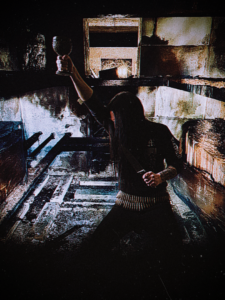
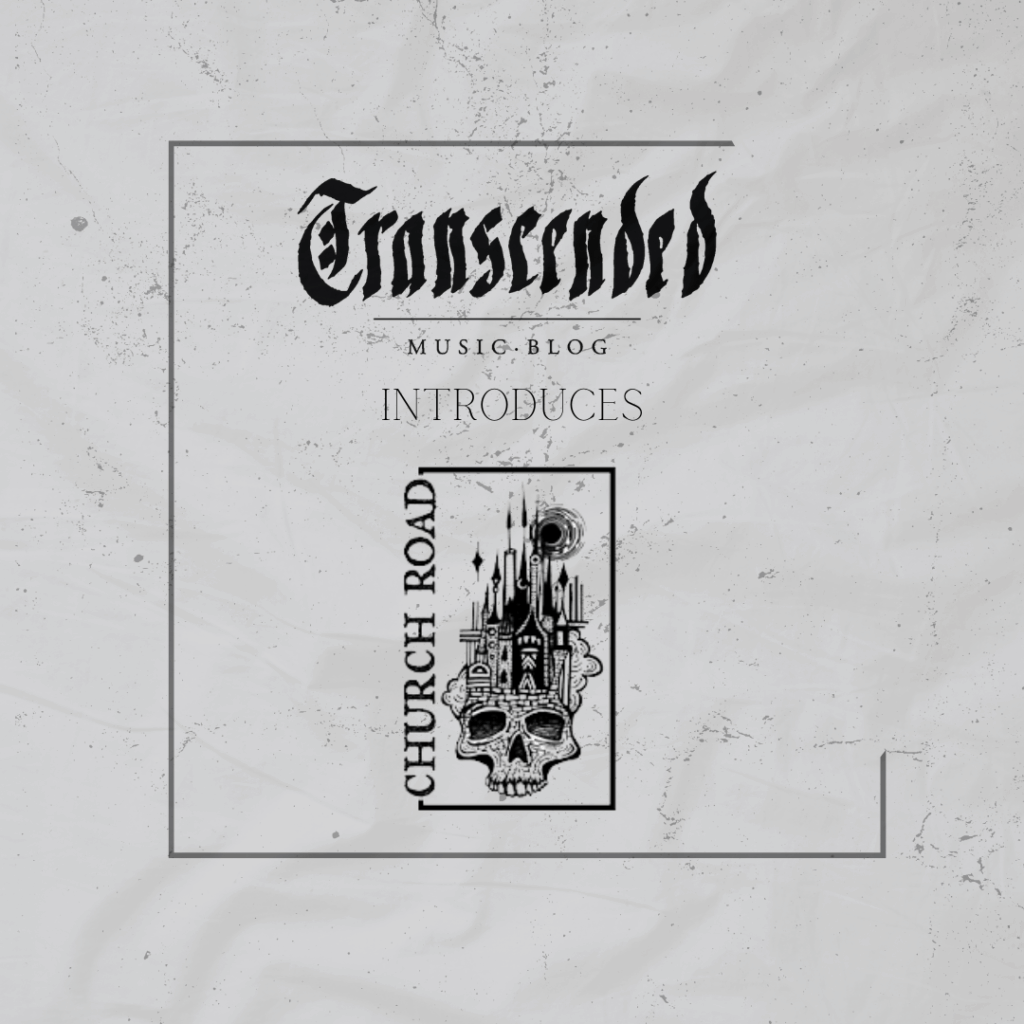
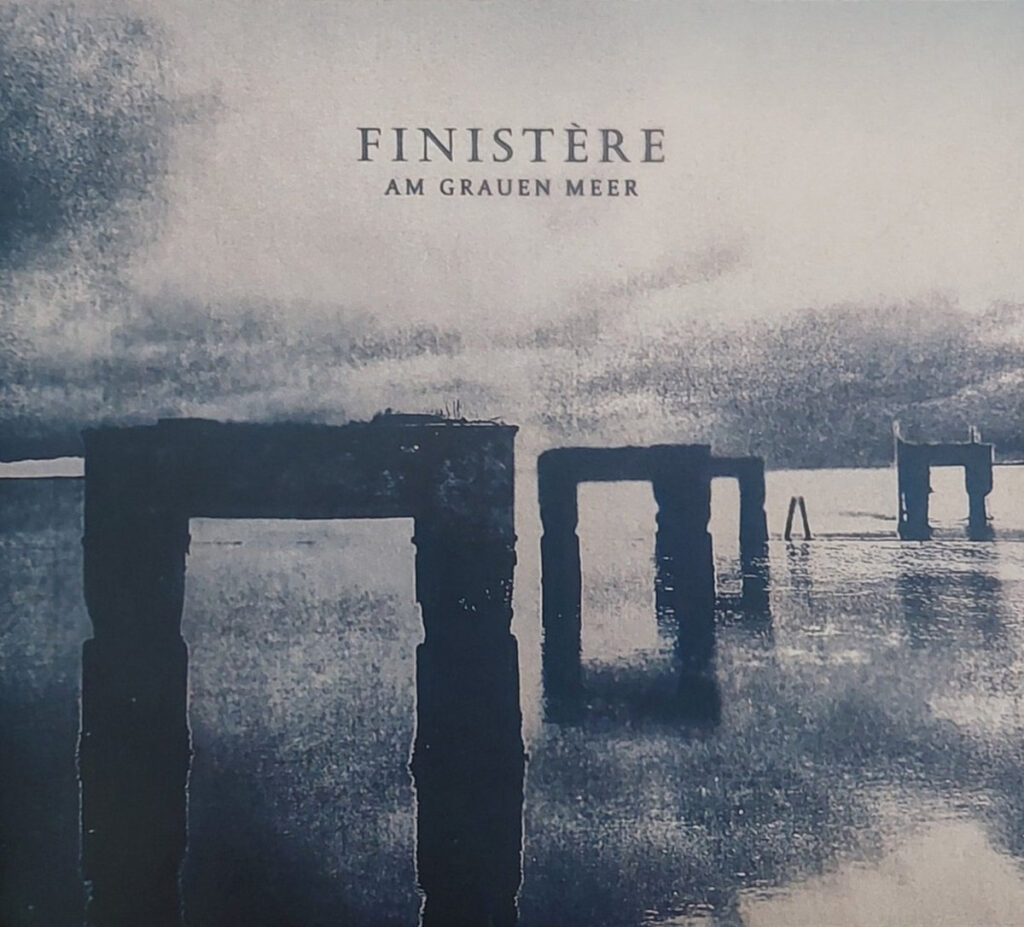
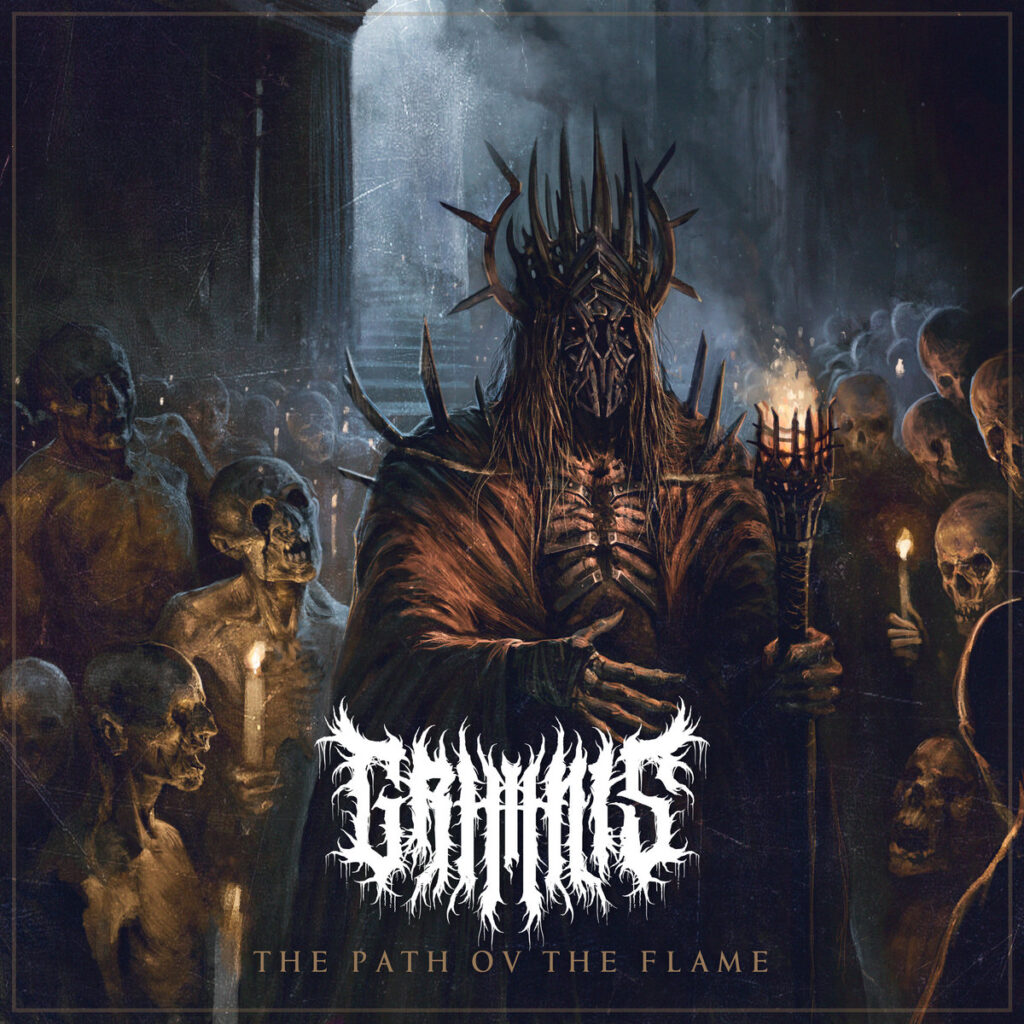
Great interview, very insightful and thoughtful. Krvna are a breathe of fresh air in a sea of mediocrity.